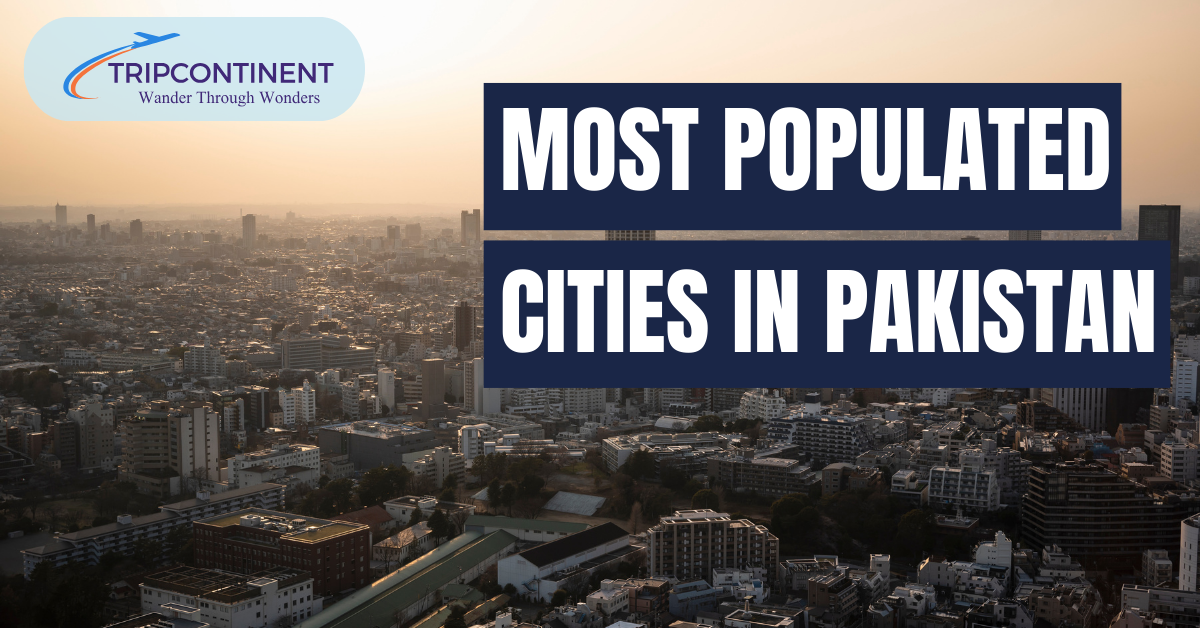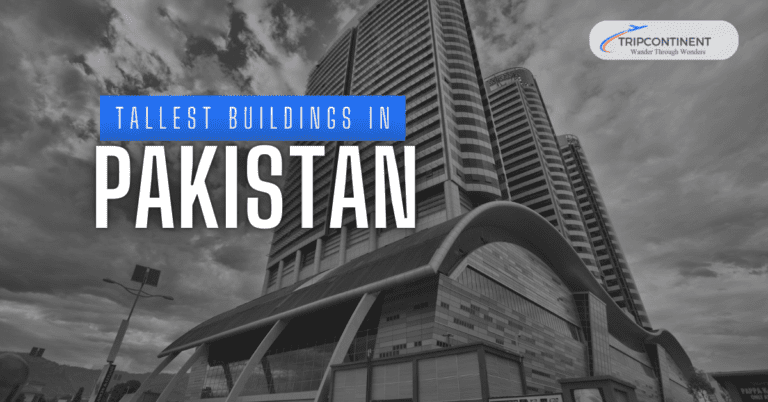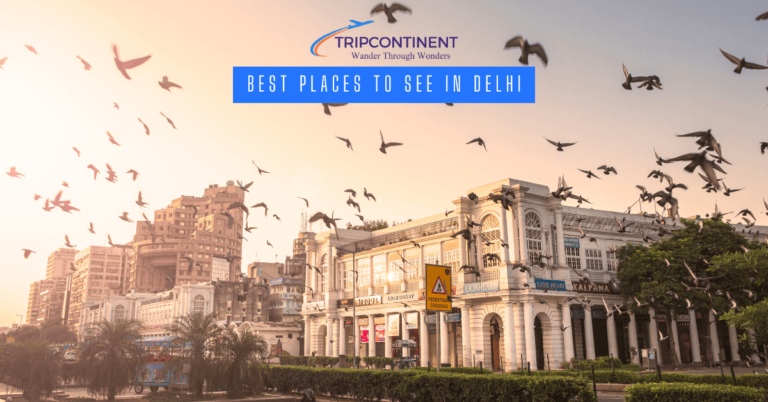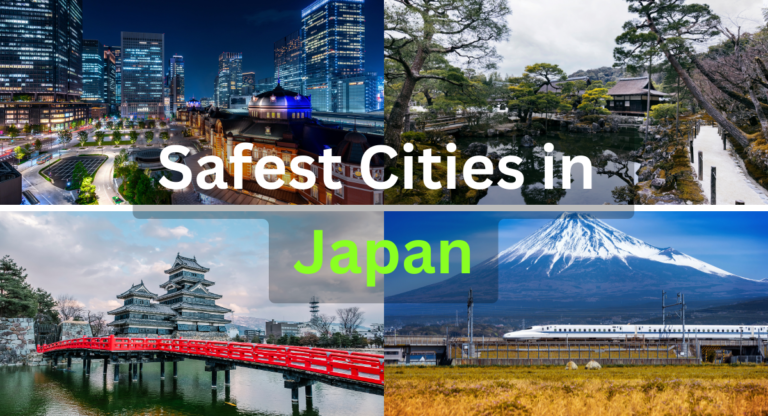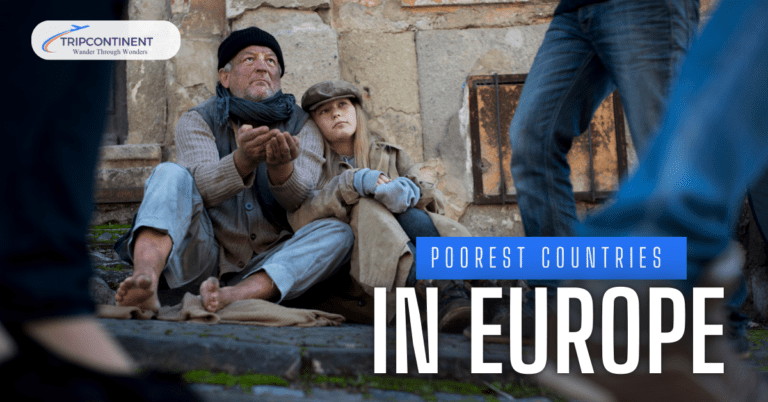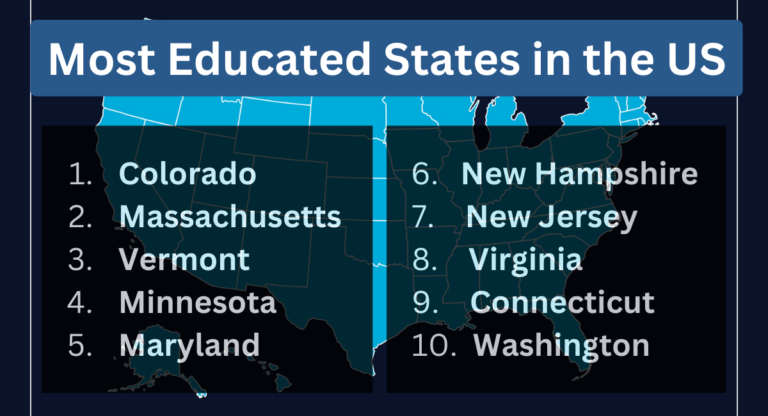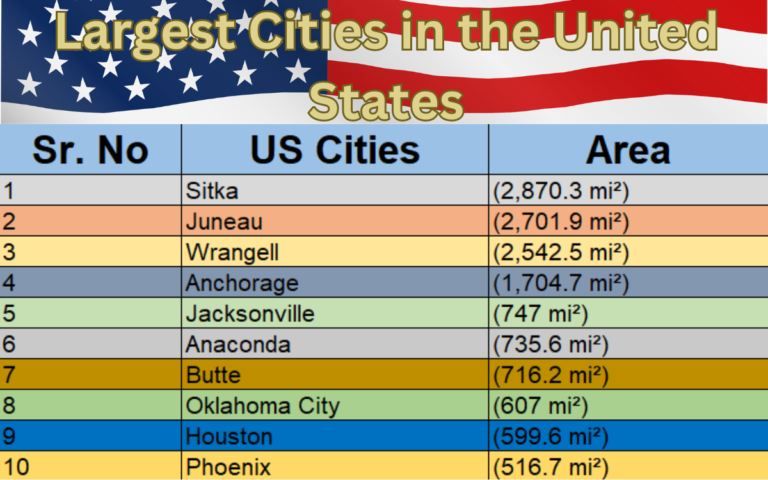A Guide to the Most Populated Cities in Pakistan
Pakistan’s cities are alive with energy, culture, and opportunity. From Karachi’s radiating coastline to Lahore’s historic charm, these urban hubs are where millions live, work, and dream. The growth of these cities tells the story of a nation on the move, with Karachi leading as the largest city and economic powerhouse and Lahore standing proud as a cultural and educational center. Cities like Faisalabad, Rawalpindi, and Multan also contribute their unique strengths, whether in industry, trade, or rich traditions.
In this blog, we’ll take a closer look at the most populated cities in Pakistan, exploring what makes them tick and why so many people call them home.
A List of the Most Populated Cities in Pakistan in 2024
Below is a list of the most populated cities in Pakistan:
- Karachi
- Lahore
- Faisalabad
- Rawalpindi
- Multan
- Hyderabad
- Gujranwala
- Peshawar
- Rahim Yar Khan
- Quetta
1. Karachi (11,624,219)
Karachi, with a population of 11,624,219, is Pakistan’s largest and most populated city. It is a vibrant and fast-paced metropolis that serves as the country’s economic engine. Nestled along the Arabian Sea, Karachi is not only the capital of Sindh Province but also Pakistan’s most vital seaport. This coastal city has grown exponentially from its humble beginnings as a small fishing village established by the Sindhi and Baloch tribes to one of the most populous urban centers in the world. Despite its massive growth, a small number of these tribes’ descendants still reside in the city today.
Karachi is the financial hub of Pakistan, home to the largest stock exchange in the country and the headquarters of major multinational corporations. It also plays a leading role in Pakistan’s industrial landscape, with industries such as textiles, automobiles, steel, and pharmaceuticals making significant contributions to the national economy. In recent years, Karachi has emerged as a growing hub for the IT sector, attracting both local and foreign investments.
However, the city struggles with high levels of pollution, with Nazimabad District, formerly known as Karachi Central District, being the most densely populated area. Despite these challenges, Karachi continues to be a dynamic, ever-evolving city that plays a key role in shaping Pakistan’s future as it embraces technology, commerce, and global connectivity.
2. Lahore (6,310,888)
With a population of 6,310,888, Lahore is the second-most populated city in Punjab Province. It is the heart of Punjab Province and a city where history uniquely meets modernity. The Walled City of Lahore is one of the most overpopulated areas with highly compromised living conditions.
With its roots stretching back centuries, Lahore has served as the capital of various empires, including the Shahi, Mughal, and Sikh, all of which have left their architectural mark. From the grandeur of the Badshahi Mosque to the lush Shalimar Gardens, Lahore’s heritage is visible in every corner. The city is also a center for arts, culture, and education, earning it the nickname “the cultural capital of Pakistan.”
Because of its booming service industry, Lahore adds over 13% of Pakistan’s GDP to the country’s economy. Industries such as real estate, banking, financial services, tourism, and IT are key players in the city’s economy, providing jobs for a significant portion of its population. Lahore is also known for its vibrant culinary scene and lively festivals, such as Basant and the Lahore Literary Festival, which attract both local and international visitors. Lahore’s ability to balance its rich past with modern advancements makes it one of the most dynamic cities in Pakistan.
Must Read: Best Hotels in Lahore
3. Faisalabad (2,506,595)
The third-most populous city, Faisalabad, has a population of 2,506,595. It is frequently referred to as the “Manchester of Pakistan” because of its booming textile industry. Originally a cluster of villages, Faisalabad transformed into a major urban center under British colonial rule, designed to be a commercial and agricultural hub. The city’s densely populated areas include Jaranwala, Tandlianwala, and Samundri Tehsils.
Today, it stands as a key player in Pakistan’s economy, driven by its vast industrial and agricultural output. Faisalabad’s industries range from textiles and pharmaceuticals to paper, beverages, and jewelry. It’s also home to a rapidly expanding food processing industry that caters to both local and international markets. Agriculture remains the backbone of the city’s economy, with Faisalabad producing significant amounts of cotton, wheat, sugarcane, and vegetables, which support the city’s industries and feed the nation.
The city’s infrastructure was carefully planned, with a network of roads, highways, and railways linking it to other key regions in Pakistan. As Faisalabad’s middle class grows, the city is witnessing increased investments in mega projects, including shopping malls and residential developments. Faisalabad also houses several educational institutions, including the University of Agriculture, making it not only a commercial hub but also an educational center. Its blend of industry, agriculture, and education positions Faisalabad as one of Pakistan’s key metropolitan cities.
4. Rawalpindi (1,743,101)
Rawalpindi, often referred to as “Pindi,” is a city steeped in history and modernity. It has a population of 1,743,101, with Murree and Taxila Tehsil being the most populated. Adjacent to Pakistan’s capital, Islamabad, Rawalpindi is an essential military and administrative center. Known for housing the headquarters of the Pakistan Army, the city has deep military roots, but it has also evolved into a commercial and industrial center. Rawalpindi’s historical significance dates back to ancient civilizations, and it has been an important city under various empires, including the Mughals and the British.
The city’s economy thrives on diverse sectors, including textiles, leather goods, and food processing. However, what sets Rawalpindi apart is its proximity to Islamabad, making it an overflow city for businesses and residents who seek more affordable living conditions while staying near the capital.
Rawalpindi’s markets, such as Raja Bazaar, are bustling with activity, selling everything from electronics to traditional crafts. The city is also known for its healthcare services, with several prominent hospitals and medical institutions. As Rawalpindi continues to grow, it plays a crucial role in supporting Pakistan’s military and administrative functions while maintaining a bustling urban atmosphere.
5. Multan (1,437,230)
Multan, often called the “City of Saints,” is one of Pakistan’s oldest cities, with a population of 1,437,230. Its history dates back to thousands of years. Located in the southern part of Punjab, Multan is known for its rich spiritual heritage, housing numerous shrines and mosques dedicated to Sufi saints. The city’s architecture is a reflection of its long history, with ancient fortresses, mosques, and bazaars that draw both pilgrims and tourists. Multan is also famous for its traditional blue pottery and handicrafts, which remain popular throughout Pakistan and abroad.
Economically, Multan thrives on its agricultural base, being a major producer of cotton, sugarcane, wheat, and mangoes. The city’s textile industry, closely tied to its agricultural output, plays a significant role in Pakistan’s exports. Multan’s strategic location near the Chenab River has also historically made it a key trade route, connecting southern and northern parts of the country.
The city’s well-developed infrastructure, including roads and bridges, supports its role as a commercial hub. In recent years, Multan has experienced urbanization, with new residential areas, shopping centers, and educational institutions emerging. While rooted in tradition, Multan is gradually embracing modernity, making it a vital city in Pakistan’s socio-economic fabric.
6. Hyderabad (1,386,330)
Hyderabad, located in the Sindh province, has a population of 1,386,330 with deep historical roots and cultural significance. Founded as a fortified city in the 18th century by Mian Ghulam Shah Kalhoro, Hyderabad was once the capital of Sindh before Karachi took on that role. The city sits on the eastern bank of the Indus River and serves as a gateway to interior Sindh, making it a key trading and commercial hub. Hyderabad is famous for its cultural diversity, housing a blend of Sindhi, Balochi, and Urdu-speaking communities.
Economically, Hyderabad thrives on industries such as textiles, cement, glass, and sugar manufacturing. The city’s markets, including Shahi Bazaar and Resham Bazaar, are known for their vibrant trade in handicrafts, jewelry, and traditional Sindhi goods. Agriculture also plays a significant role, with the surrounding fertile lands producing crops like rice, wheat, and sugarcane.
In recent years, the city has seen urban expansion, with new housing projects and commercial centers springing up to cater to a growing population. Hyderabad’s blend of history, culture, and commerce continues to make it an important city in Sindh and a key player in the province’s economy.
Also Read: Most Beautiful Roads in Pakistan
7. Gujranwala (1,384,471)
Gujranwala, located in Punjab, has a population of 1,384,471. It is known as the “City of Wrestlers” due to its long-standing tradition of producing world-class wrestlers. However, the city is much more than just a hub for sports. It is a major industrial center, particularly famous for its production of steel, ceramics, and electrical appliances. Gujranwala is also a key agricultural area with fertile lands that produce wheat, rice, and sugarcane, supporting both local consumption and export.
The city’s rapid industrialization has spurred population growth, making it one of the most important cities in Pakistan’s Punjab province. Gujranwala’s proximity to Lahore and its position along the Grand Trunk Road make it an important trade route, connecting it to major economic centers in the country. The city has developed a robust infrastructure, including well-maintained highways, industrial zones, and power plants.
In recent years, Gujranwala has also seen significant investments in education and healthcare, improving the quality of life for its residents. As Gujranwala continues to modernize, it remains a vital contributor to Pakistan’s economy, especially in the manufacturing sector.
8. Peshawar (1,218,773)
Peshawar, the capital of Khyber Pakhtunkhwa province, is one of Pakistan’s oldest cities and a key player in the country’s history and culture. With a population of 1,218,773, it is located near the historic Khyber Pass and has been a gateway for trade between Central Asia and South Asia for centuries. The city has been influenced by various civilizations, from the Greeks and Persians to the Mughals and the British, and this rich history is reflected in its architecture, markets, and cultural practices.
Today, Peshawar is a bustling city with a diverse population, including a significant number of Afghan refugees. Its economy is driven by trade, agriculture, and small industries, with Peshawar being a major distribution center for goods heading toward Afghanistan. Agriculture around the city includes crops like wheat, sugarcane, and tobacco. The city’s vibrant bazaars, such as Qissa Khwani Bazaar, are famous for selling everything from spices to traditional clothing and handicrafts.
Peshawar is also known for its educational institutions, including the University of Peshawar, and its cultural contributions, especially in music and poetry. While it faces challenges like security concerns and rapid urbanization, Peshawar remains an important city, linking Pakistan to the broader region.
9. Rahim Yar Khan (788,915)
Rahim Yar Khan, located in southern Punjab, is a city known for its agricultural richness and strategic location. The city has a population of 788,915. Positioned at the crossroads of Punjab, Sindh, and Balochistan provinces, the city has long been a trade hub and a link between different regions of Pakistan. Agriculture is the backbone of Rahim Yar Khan’s economy, with fertile lands producing crops such as cotton, wheat, sugarcane, and fruits like mangoes and dates.
The city’s industrial sector is also growing, with sugar mills, textile factories, and food processing plants contributing to its economy. Rahim Yar Khan’s infrastructure has developed significantly in recent years, with improvements in transportation, education, and healthcare facilities. The city is also home to several educational institutions, including Khwaja Fareed University of Engineering & Information Technology, which is helping to shape the future of the region’s youth.
Despite being a smaller city compared to others on this list, Rahim Yar Khan’s blend of agriculture, industry, and strategic location makes it an essential part of Punjab’s economic and cultural fabric.
10. Quetta (733,675)
Balochistan’s capital city, Quetta, holds significant strategic and historical value. With a population of 733,675, it is situated in the valley surrounded by mountains, including the Toba Kakar Range. Quetta has long been an important military and trade center. Historically, the city served as a gateway to Afghanistan and Iran, making it a vital stop on trade routes. The city of Quetta boasts a rich cultural blend due to its diversified population, which includes ethnic groupings, including Pashtuns, Baloch, and Hazaras.
Economically, Quetta relies on trade, agriculture, and livestock. The surrounding fertile plains produce fruits like apples, cherries, and pomegranates, which are famous across Pakistan. The city also serves as a key point for the export of wool, hides, and carpets. While Quetta’s infrastructure has faced challenges due to political and security issues, it continues to grow with new development projects in education, healthcare, and transportation.
Quetta’s mountainous landscape makes it a beautiful yet rugged city with a unique charm that draws visitors despite its challenges. The city plays a crucial role in connecting Pakistan with neighboring countries and remains an essential part of Balochistan’s economy and cultural identity.
Also Explore: Tallest Buildings in Pakistan
Final Words
Pakistan’s urban centers reflect the nation’s dynamic growth and evolving identity. These cities play a critical role in shaping the country’s economy, culture, and future, each contributing uniquely to the nation’s overall development. As they continue to expand and modernize, they face challenges but also offer immense opportunities for progress. From commerce and industry to education and culture, these most populated cities in Pakistan are hubs of innovation and tradition, paving the way for a bright and prosperous future for the country as a whole.
FAQs
Which Is the Richest City in Pakistan?
Karachi is Pakistan’s richest city and serves as the country’s financial and commercial powerhouse. It is the hub of economic activity and is home to the biggest companies, stock market, and booming port in Pakistan. With thriving industries such as finance, textiles, IT, and manufacturing, Karachi plays a critical role in driving the nation’s economy and wealth generation.
Which City Is the Most Developed in Pakistan?
Islamabad, the capital city, is considered the most developed city in Pakistan. Established in the 1960s to replace Karachi as the capital, it boasts modern infrastructure, advanced urban planning, and a high standard of living. With an 88% literacy rate, the city is home to some of the best universities in the nation. With well-maintained roads, green spaces, and a focus on education and governance, Islamabad sets the benchmark for development in Pakistan.
Which Is the Smallest City in Pakistan?
Pakistan’s smallest city is Torghar District, which is found in Khyber Pakhtunkhwa’s Hazara Division. Formerly known as Kala Dhaka, this district is situated in the northwest region of the country. Torghar’s unique geography and cultural heritage make it distinct, although its size and population are relatively small compared to other cities in Pakistan. Despite its modest scale, Torghar reflects the country’s rich diversity.
Which City in Pakistan Is Called Mini London?
Mirpur, located in Azad Kashmir, is often referred to as the “Mini London” due to its significant British Mirpuris population and the influence of British culture. This vibrant city showcases a blend of traditional and modern living, with a flourishing economy that reflects its wealth. The presence of the British Pound is common, highlighting the city’s ties to the UK. With its stunning landscapes, bustling markets, and a strong sense of community, Mirpur offers a unique experience that mirrors aspects of London while retaining its cultural heritage.


I’m Sophia Jones, an adventurer at heart from New York City, USA. I live for travel and exploration, always eager to discover new places, meet fascinating people, and try out diverse cuisines. Over the past few years, I’ve traveled to numerous countries, immersing myself in different cultures and creating unforgettable memories.
